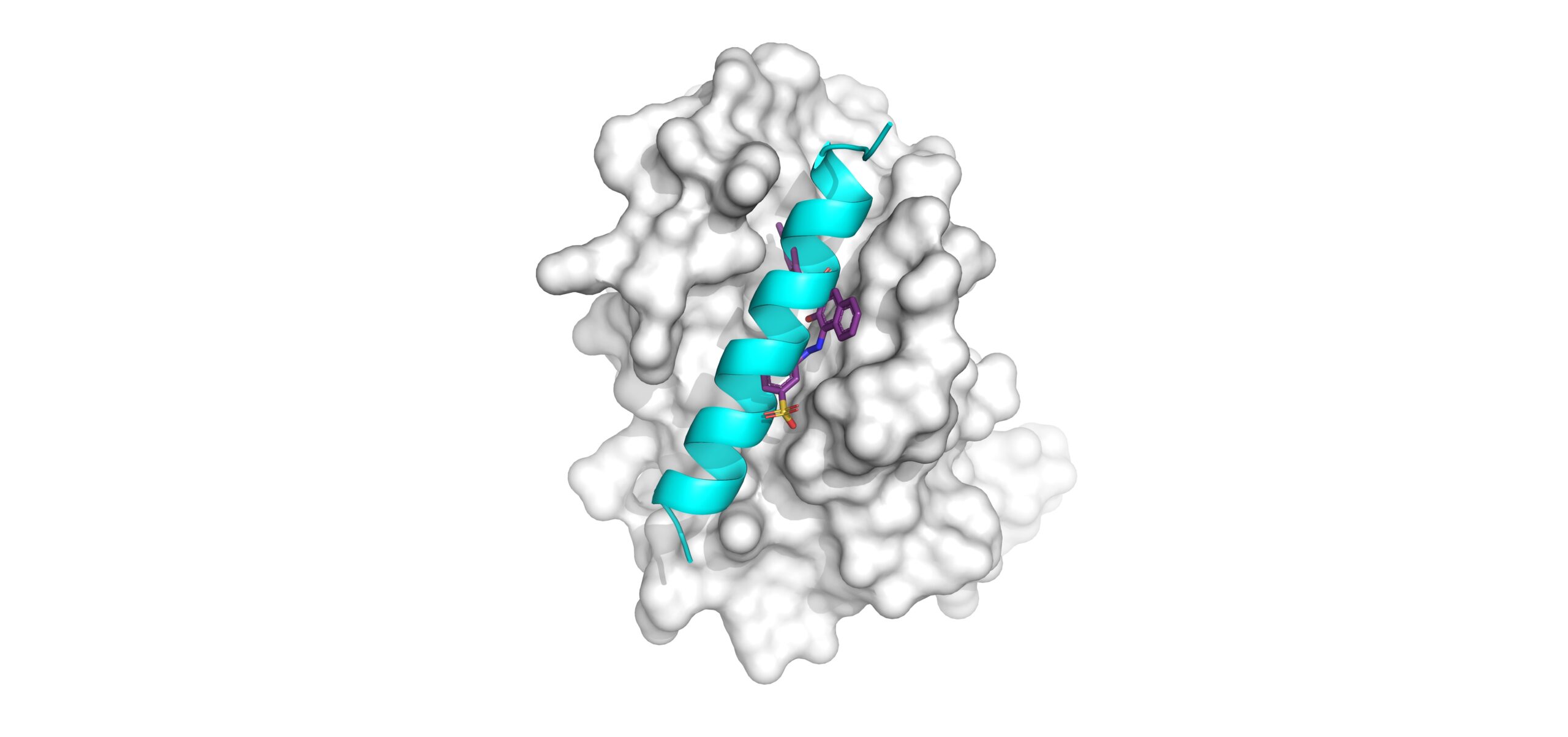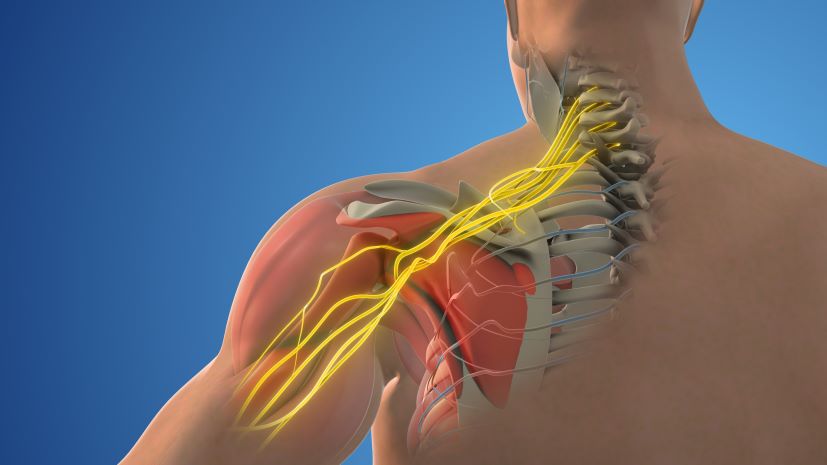Timing Matters When Measuring Childhood Harms from Air Pollution
Research By: Cole Brokamp, PhD
Post Date: November 27, 2024 | Publish Date: Sept. 24, 2024
Post Written by Milan N. Parikh and Cole Brokamp, PhD
Division of Biostatistics and Epidemiology

Cincinnati Children’s experts develop a novel method to make exposure studies more powerful
Air pollution is a well-documented risk factor for health issues ranging from respiratory diseases to neurodevelopmental disorders. However, the precise timing of exposure, especially during sensitive developmental windows in pregnancy, may be just as important as the exposure itself.
In our new study, we introduce a novel method that promises to make studies of air pollution’s impact on children’s health even more powerful. This method focuses on assessing the timing-specific effects of exposure to air pollution, particularly fine particulate matter (PM2.5), on epigenetic changes in DNA methylation, an essential factor in how genes are expressed and regulated.
Tool Offers Finer Resolution to Capture Timing-Specific Data
These findings will be of particular interest to researchers in biostatistics, epidemiology and environmental health. Our new framework enables scientists to look at the effects of air pollution with a finer resolution, examining how exposure to pollutants impacts the epigenome over specific developmental periods. It’s especially relevant for those studying pediatric health, as children’s development includes rapid changes where timing can play a significant role in health outcomes.
EWDLM allows rapid assessment of gene associations at scale
Our research fills a gap in current methodologies for analyzing high-dimensional outcomes like DNA methylation. Traditional methods summarize exposures over time, which risks overlooking the nuanced timing-specific effects of environmental exposures. Our new framework, called the Epigenome-Wide Distributed Lag Model (EWDLM), allows researchers to assess these timing-specific associations across hundreds of thousands of genomic sites.
For example, when applied to real-world pediatric data, EWDLM identified 353 CpG sites (genomic markers in DNA methylation) where prenatal PM2.5 exposure during specific windows of pregnancy was associated with DNA methylation patterns in children. This level of sensitivity could pave the way for identifying precise developmental periods where interventions could mitigate or prevent adverse health outcomes due to pollution exposure.
What’s Next?
We look forward to scientists using this method to elucidate the timing-specific impacts of environmental exposures on the epigenome. We hope these findings will encourage further development of statistical approaches that fine-tune our method’s specificity, potentially leading to greater predictive accuracy and broader applications.
Upcoming steps include further research to refine the model and reduce false positives, with future applications potentially spanning other high-dimensional health outcomes and omics fields. For now, these findings reinforce the importance of considering timing when planning analyses for exposures like air pollution, which can vary from day to day and carry significant health implications over time.
Don’t Miss a Post:
- Subscribe to the Research Horizons Newsletter
- Follow Cincinnati Children’s Research Foundation on X: @cincyresearch
| Original title: | Increasing Temporal Sensitivity of Omics Association Studies with Epigenome-Wide Distributed Lag Models |
| Published in: | American Journal of Epidemiology |
| Publish date: | Sept. 24, 2024 |
Research By

As a biostatistician, epidemiologist and geospatial data scientist, I specialize in informatics and machine learning, with applications to population-level environmental, community and health outcome data.







